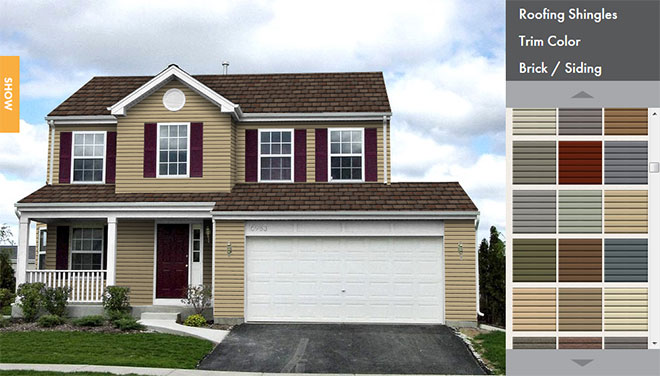Low Slope Commercial, Industrial & Institutional Roofing MN
For business owners and those in industrial properties, the roofing needs can be very different from those of residential homeowners. For those consumers, commercial roofers are the ones to call, as they specialize in the specific types of roofs found on business and industrial structures.
There are several types of roofing membranes that are used on Flat Roof Assemblies:
Built Up Roofing
There are basically two types of built up roofing (also known as BUR). The difference is that either a coal tar pitch or asphalt waterproofing could be used as the waterproofing element between plies of reinforcing felt. There are advantages and disadvantages of each system.
Modified Bitumen
Membranes are hybrids of the built up system, only pre manufactured in the factory. The products come in rolls, and are modified asphalt or coal tar systems with a rubber added for low temperature and elongation characteristics. These products typically use a built up membrane underlayment before application of the final modified bitumen membrane. Modified bitumen membranes can be torch applied, self adhered or mopped in place with hot bitumen. They are always surfaced with some type of Topping System.
Single Ply
Single Ply roofing systems are just that, a single ply of a roofing material made from several types of polymer plastics and rubbers.
EPDM
Ethylene Propylene Diene Monomer is manufactured into large sheets for application to insulation on a roof. The material can be loose laid and ballasted with rock or pavers to hold the membrane in place. It can also be fully or partially adhered as well. Seams and the membrane are adhered with contact adhesives, with seams sometimes sealed with a sealant. Toppings may or may not be required by the manufacturer in many cases. This product is available in black.
PVC
Polyvinyl Chloride Sheets are manufactured into rolls, and typically mechanically fastened to a roof deck assembly. Screws and plates are used to hold the roof membrane to the roof assembly. Seams are heat welded together, and sometimes sealed with a lap sealant. PVC membranes are reinforced with a fabric scrim, and available in tan and white colors. A topping material may not be required on this membrane.
TPO
TerPolymer Olefins are typically fleece backed sheet membranes that are adhered with adhesives to insulation. These products are typically white in color, and may be reinforced. There may or may not be a topping system used on these systems.
Property Management & Maintenance Experts – Townhomes and Condominiums

 Low Sloped Roofing, commonly referred to as Flat Roofing, is an industry onto itself. There are thousands of configurations to choose from. There are several roof deck types, insulation requirements, roof membrane requirements and other factors complicating the selection. To simplify the process, a professional roofing contractor should be involved to assist in selection of the appropriate roof system for the particular application in new construction or replacement applications.
Low Sloped Roofing, commonly referred to as Flat Roofing, is an industry onto itself. There are thousands of configurations to choose from. There are several roof deck types, insulation requirements, roof membrane requirements and other factors complicating the selection. To simplify the process, a professional roofing contractor should be involved to assist in selection of the appropriate roof system for the particular application in new construction or replacement applications.
 A commercial roofing contractor understands the unique needs of multi housing communities. It is often necessary to accommodate different schedules to provide the least amount of disruption to everyone’s lives. Because every project can vary, the special requirements of each client must be considered.
A commercial roofing contractor understands the unique needs of multi housing communities. It is often necessary to accommodate different schedules to provide the least amount of disruption to everyone’s lives. Because every project can vary, the special requirements of each client must be considered.  While it is reasonably easy to vacate a residential home for a few days if necessary, it is not quite as easy for business and commercial property owners to allow that same level of access to a work crew.
While it is reasonably easy to vacate a residential home for a few days if necessary, it is not quite as easy for business and commercial property owners to allow that same level of access to a work crew.  A commercial roofing contractor will work with you to schedule your roofing project to allow for the least amount of disruption to your business or commercial property.
A commercial roofing contractor will work with you to schedule your roofing project to allow for the least amount of disruption to your business or commercial property.
It’s too important to you and your tenants to leave it to the hands of someone who isn’t sure what they are doing. A lot of roof repairs are a do-it-yourself project, but a commercial roof repair is not one of them. If it’s a simple patch around a pipe or vent that should be easy to fix, but more complicated repairs over bigger areas should be left to the professionals. If you try to fix a big area on your own you could end up doing more damage. It’s also possible that the source of the leak isn’t where you think it is. A contractor who’s used to repairing commercial roofs is an expert at finding the source of a leak.


 Click Here
Click Here Click Here To Use
Click Here To Use